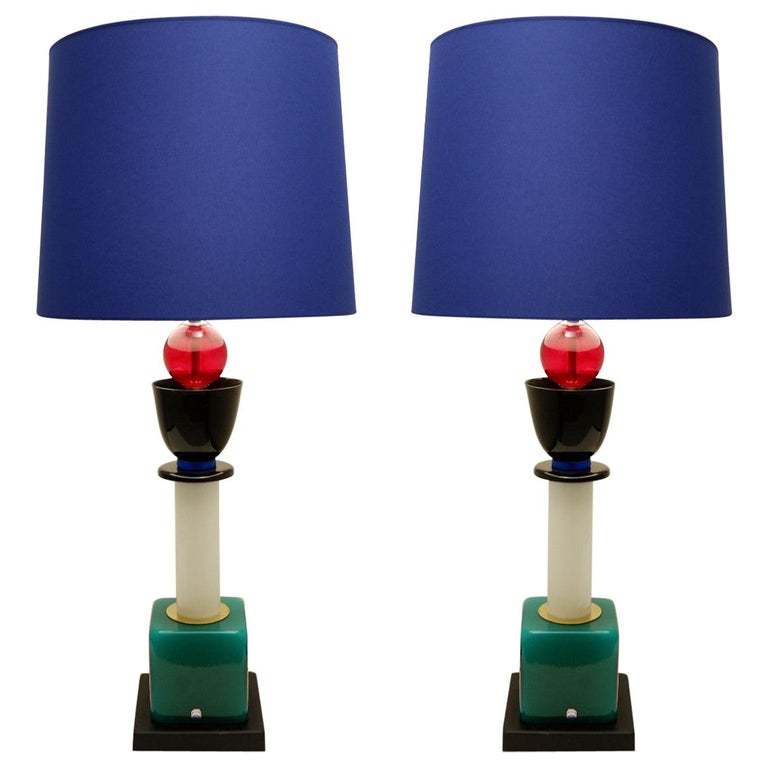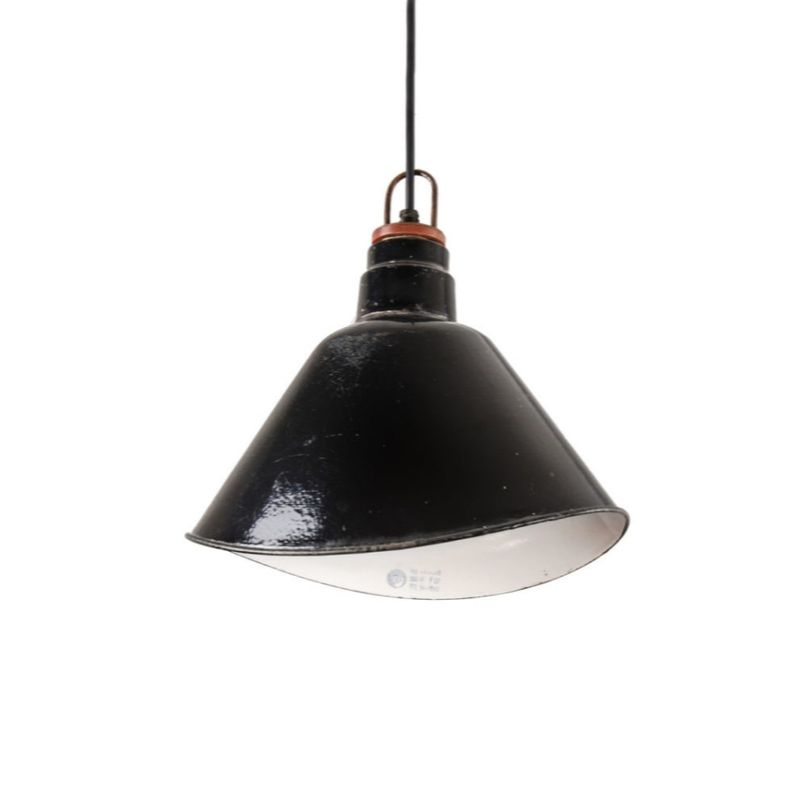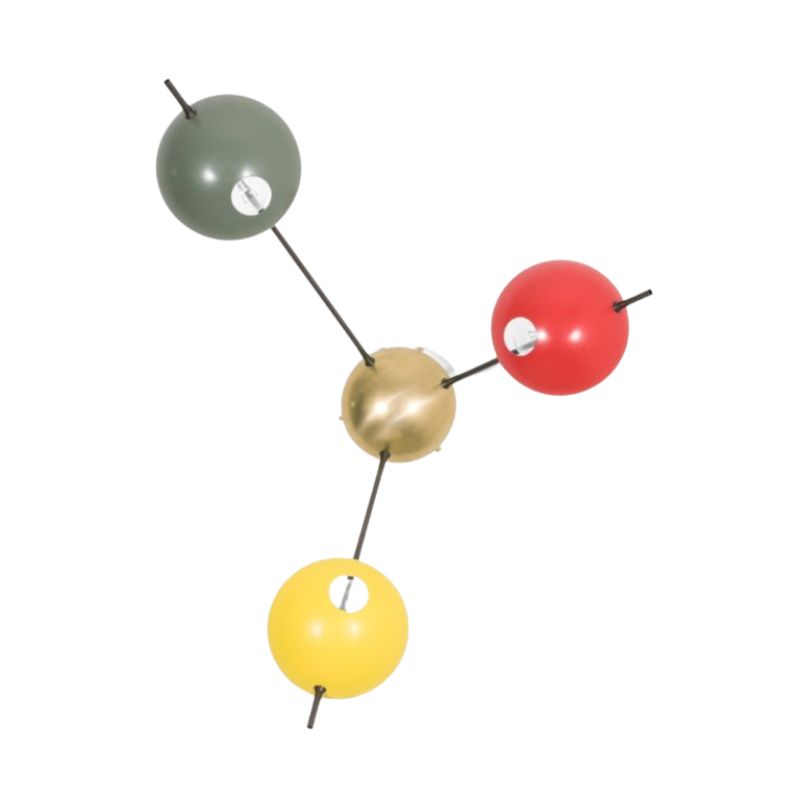azchic...
you might be confusing complexity with specialization. like those vics, my wife prefers specialization of tools. to wit, one saddle for jumping and one for dressage. one specially designed flash light for looking up a person's nose and another hand flash light for when the power goes out and she needs to find here around in the dark. what she does not apparently like is unnecessary complexity in a cooking tool. i doubt that she would like two-part folding wooden mixing spoons either.
Everything has two handles...
I saw this article in the NY Times today and it reminded me of this old thread. Not sure if this counts as "forensic market research" but thought some of you might be interested...
May 15, 2006
Connections
Form Follows Function. Now Go Out and Cut the Grass.
By EDWARD ROTHSTEIN
Failure 101. That is the nickname of an engineering course Henry Petroski describes in his new book, "Success Through Failure: The Paradox of Design" (Princeton University Press). And if it sounds as if the course (like the book) must be full of self-help advice for engineers, that is partly true.
Failure, Mr. Petroski shows, works. Or rather, engineers only learn from things that fail: bridges that collapse, software that crashes, spacecraft that explode. Everything that is designed fails, and everything that fails leads to better design. Next time at least that mistake won't be made: Aleve won't be packed in child-proof bottles so difficult to open that they stymie the arthritic patients seeking the pills inside; narrow suspension bridges won't be built without "stay cables" like the ill-fated Tacoma Narrows Bridge, which was twisted to its destruction by strong winds in 1940.
Successes have fewer lessons to teach. This is one reason, Mr. Petroski points out, that there has been a major bridge disaster every 30 years. Gradually the techniques and knowledge of one generation become taken for granted; premises are no longer scrutinized. So they are re-applied in ambitious projects by creators who no longer recognize these hidden flaws and assumptions...
[click on link below to view full article]
http://www.nytimes.com/2006/05/15/arts/15conn.html?_r=1&oref=slogin&page...
If you need any help, please contact us at – info@designaddict.com









